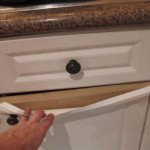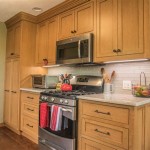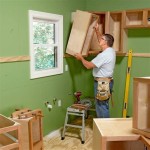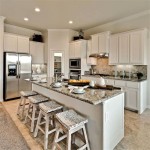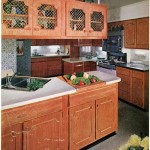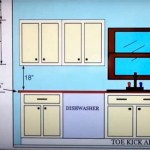Installing LED Strip Lights Under Kitchen Cabinets: Essential Considerations
Upgrading your kitchen with LED strip lights can infuse it with modern ambiance and enhance functionality. However, meticulous planning and execution are crucial for a flawless installation. Various aspects, ranging from wiring and placement to power supply and dimming options, must be carefully considered. This article delves into these essential aspects, providing a comprehensive guide to ensure a successful LED strip light installation.
Choosing the Right LED Strip Lights: The type of LED strip lights you select will impact the overall effectiveness of your installation. Consider factors such as brightness, color temperature, and beam angle. Determine the desired light intensity for your kitchen and choose a strip that meets those requirements. Also, decide whether you prefer warm, cool, or neutral white light to complement your existing decor.
Proper Wiring and Connections: Safe and reliable wiring is essential for the longevity and performance of your LED strip lights. Ensure proper connections between the strip, power supply, and any controllers. Use the appropriate wire gauge for the length of the strip to prevent voltage drop. Secure all connections with heat shrink tubing or electrical tape to prevent shorts or loose contacts. Grounding the system is also crucial to protect against electrical hazards.
Strategic Placement for Optimal Illumination: The placement of LED strip lights under cabinets significantly affects the quality of lighting in your kitchen. Position the strips along the front edge of the cabinets to illuminate work surfaces effectively without creating glare. Consider the height of your counters and the distance between cabinets when determining the optimal placement for even lighting. Use aluminum channels or mounting clips to securely attach the strips and conceal them from view.
Selecting a Suitable Power Supply: The power supply provides electricity to the LED strip lights. Choose a power supply that matches the voltage and current requirements of your strip. Calculate the total power consumption of the strip and select a power supply with sufficient wattage to avoid overloading. Consider using a power supply with built-in short circuit protection for added safety.
Dimming Options for Mood Customization: Dimming your LED strip lights allows you to adjust the light intensity to create different ambiance. Consider installing a dimmer switch or using a smart home system that enables remote control and scheduling. Dimmable power supplies or compatible controllers are essential for dimming functionality. This flexibility enhances the versatility of your kitchen lighting, making it suitable for various tasks and moods.
Conclusion: Installing LED strip lights under kitchen cabinets involves meticulous attention to several essential aspects, from selecting the right lights to ensuring proper wiring and placement. This comprehensive guide has provided a roadmap to help you navigate each step with confidence. By embracing these considerations, you can achieve a flawless installation that transforms your kitchen into a space that is both stylish and functional.

How To Install Led Strip Lights With Step By Tutorial Ultraleds

Led Strip Light Installation Tips Armacost Lighting

How To Choose And Install Led Strip Lights For Kitchen Cabinets

How To Install Under Cabinet Lighting For A Brighter Kitchen Step B Govee

How To Install Under Cabinet Led Strip Lights

How To Install Led Under Cabinet Lighting In Kitchen Furniture Design Light Sp Z O

How To Install Under Cabinet Lighting In The Kitchen Using Led Light Strips
How To Choose And Install Led Under Cabinet Lighting Simple Design Guidelines

How To Choose And Install Led Strip Lights For Kitchen Cabinets

How To Install Under Cabinet Lighting In The Kitchen Using Led Light Strips
Related Posts


